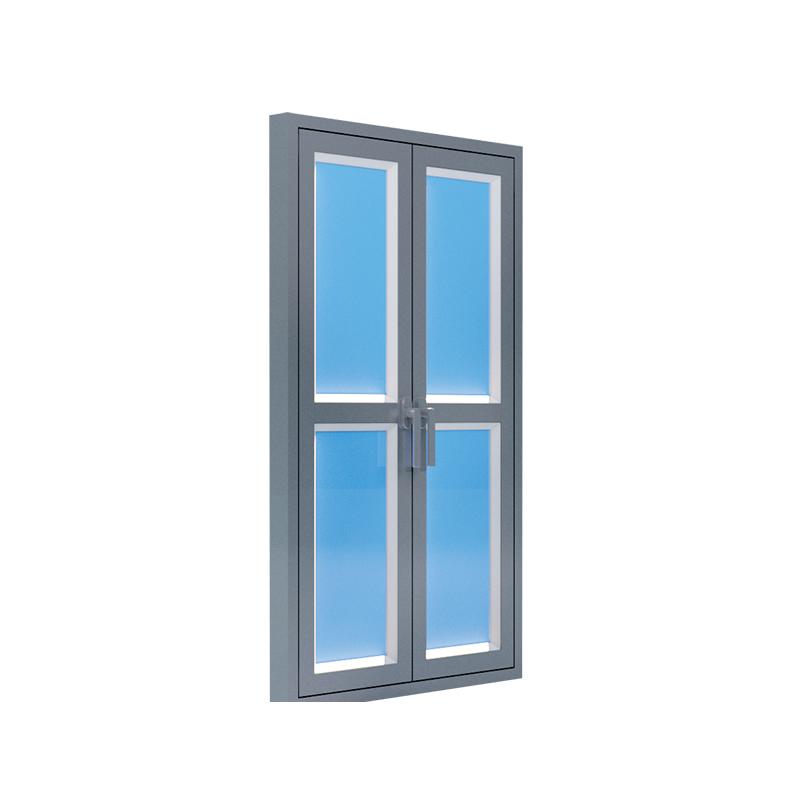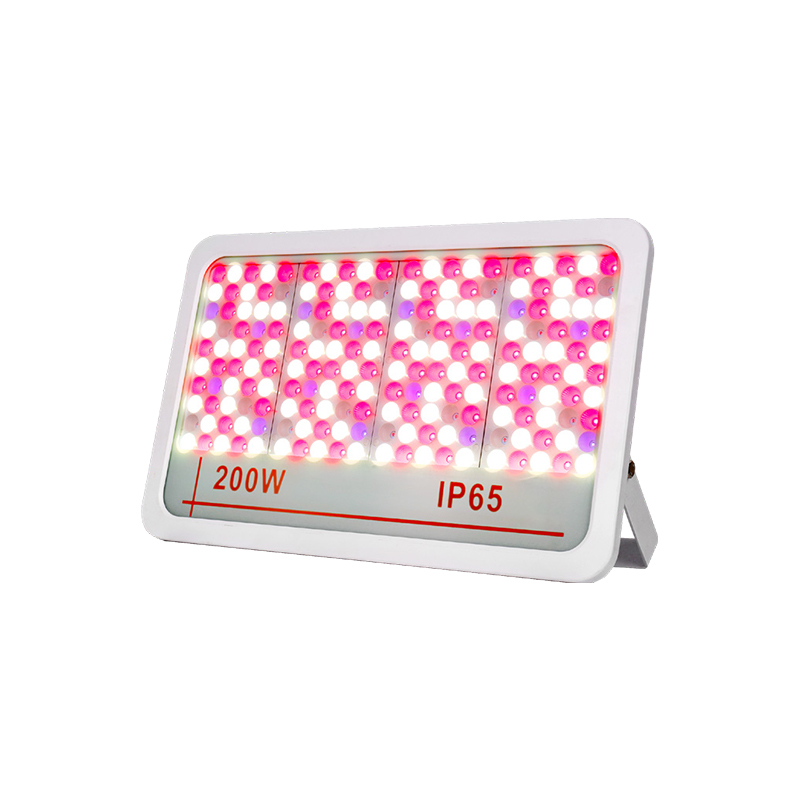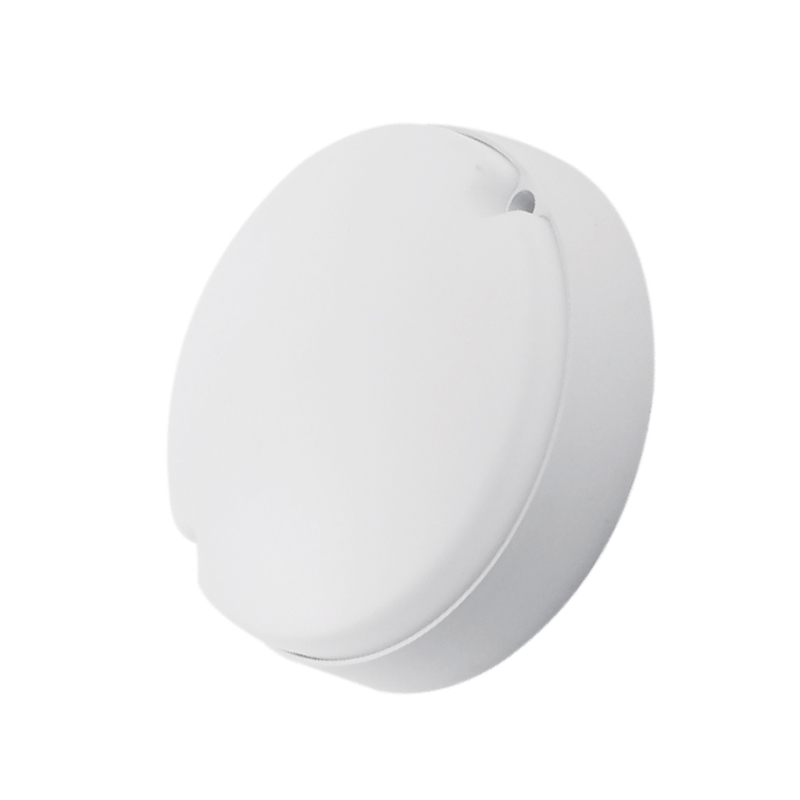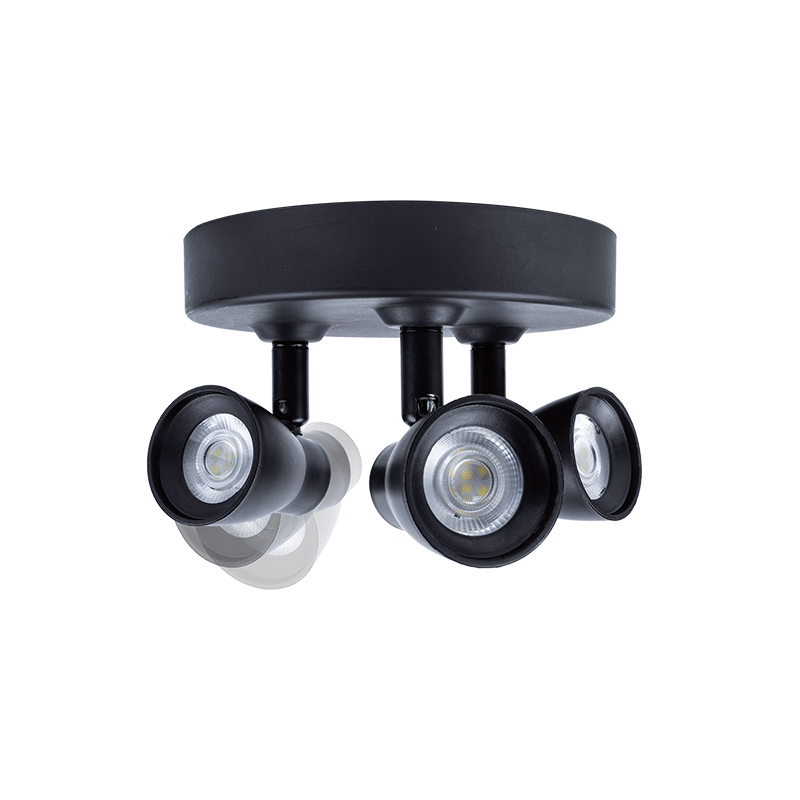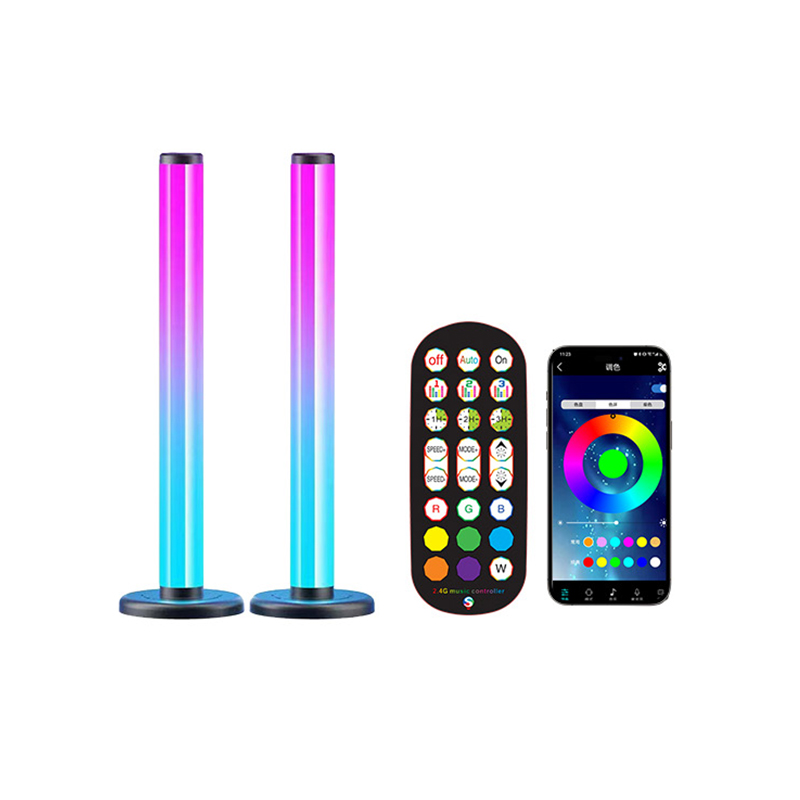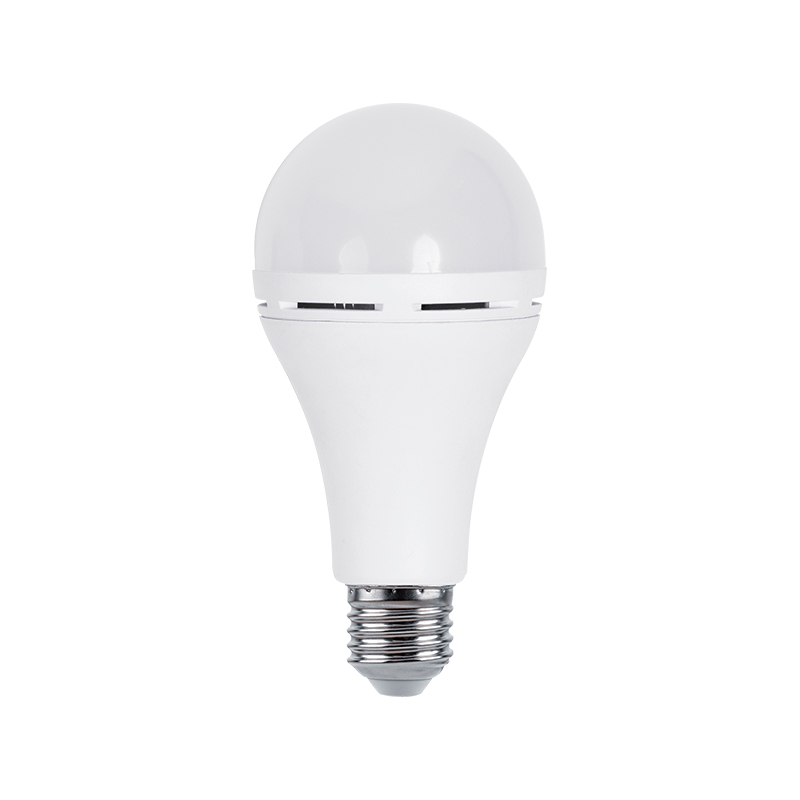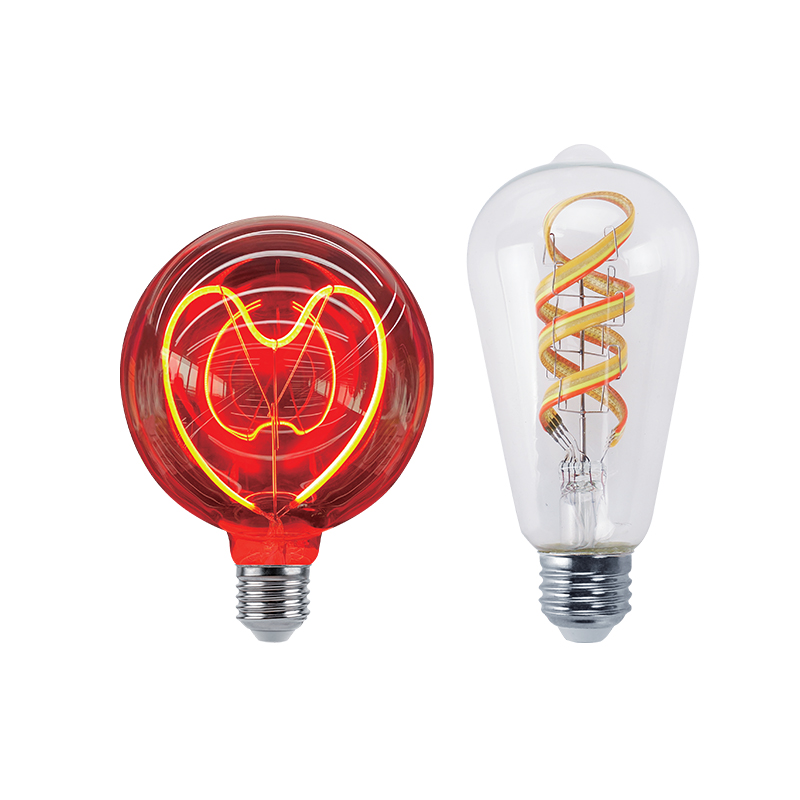We sincerely look forward to establishing a long-term development partnership with you with good quality and professional services.
In order to maximize the efficiency of horticultural lighting systems, it's important to understand their lifespan. The operating hours of these fixtures are typically much longer than those for indoor use, and the high humidity can significantly impact their reliability. Additionally, the different environmental requirements of different plant species may lead to slight variations in chemical and biological corrosion, impacting their overall lifetime. Testing horticultural lighting systems can help identify shortfalls in design, and identify opportunities for optimizing system efficiency.
LED technology is one of the biggest advances in horticultural lighting over the last several decades. LEDs are able to play a variety of roles in horticultural applications, including tissue culture, controlled environment research, and supplemental lighting for greenhouses. LED lighting systems are superior to existing horticultural lighting because they are able to control spectral composition, provide high light output with low radiant heat, and maintain a useful output for years without replacement.
The advantages of LED horticultural lighting include high-power packages, multiple color options, and low-power consumption. LEDs are proving to be a great investment for horticultural lighting, and the improvement in the technology means that more people are considering switching from other technologies to LEDs. LED lighting is the best solution for many horticultural purposes, and LEDs can enhance any existing grow room environment.

 English
English Español
Español Deutsch
Deutsch